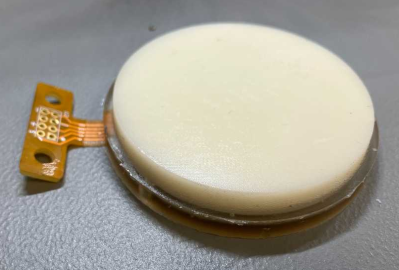A StreamDeck is effectively a really cool box full of colorful buttons that activate various things on your PC. They’re fun and cool but they’re also something you can build yourself if you’re so inclined. [Jason] did just that for his sim racing setup, and he included some nifty old-school tech as well.
An ESP32 is at the core of the build, listening to button presses and communicating with the PC. However, the build doesn’t actually use regular buttons. Instead, it uses infrared sensors wired up in a matrix. This was an intentional choice, because [Jason] wanted the device to be reconfigurable with different paper card overlays. There are ways to do this with regular buttons too, but it works particularly well with the infrared technique. Plus, each button also gets a Neopixel allowing its color to be changed to suit different button maps.
What’s really neat is that the button maps change instantly when a different overlay card is inserted. [Jason] achieved this with an extra row of infrared sensors to detect punched holes in the bottom of the overlay cards.
Once upon a time, even building your own keyboard was an uphill battle. Today, it’s easier than ever to whip up fun and unique interface devices that suit your own exact needs. That’s a good thing! Video after the break.
Continue reading “Cheap DIY Button Pad Uses Neat Punchcard Trick”



















